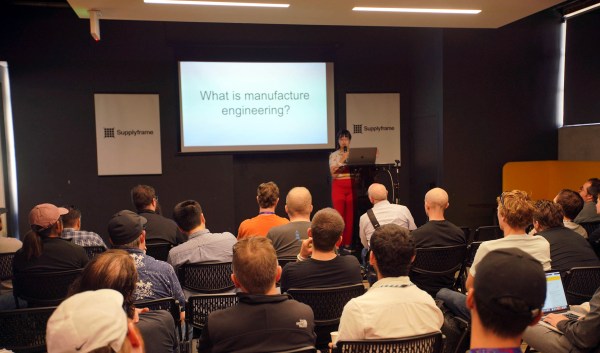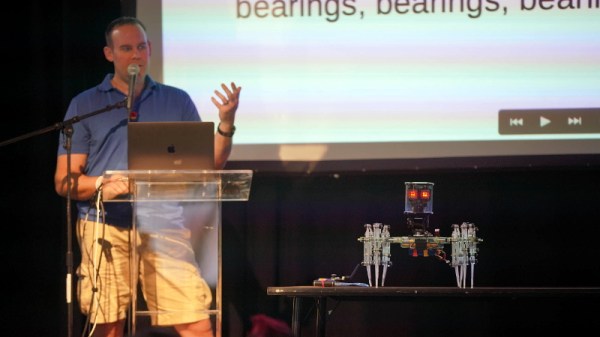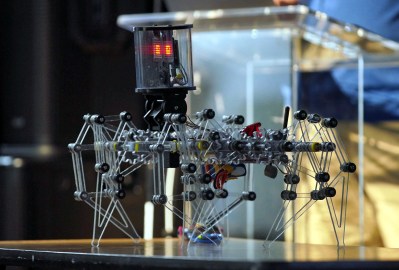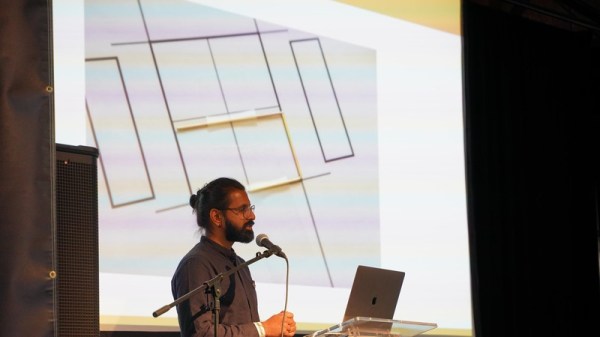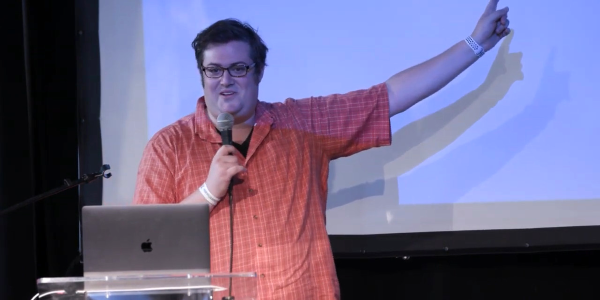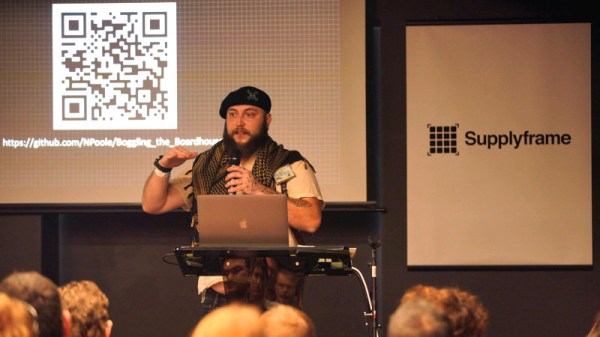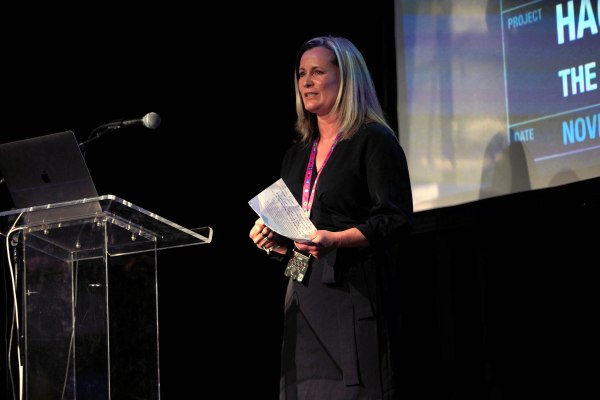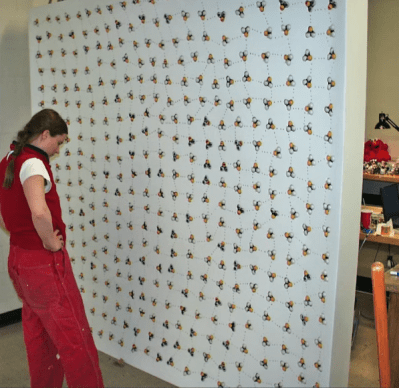Let’s be honest, Ruth Grace Wong can’t teach you how to be a manufacturing engineer in the span of a twenty minute talk. But no-one can. This is about picking up the skills for a new career without following the traditional education path, and that takes some serious time. But Grace pulled it off, and her talk at the 2019 Hackaday Superconference shares what she learned about reinventing your career path without completely disrupting your life to do so.
Ruth got on this crazy ride when she realized that being a maker made her happy and she wanted to do a lot more of it. See wanted to be “making stuff at scale” which is the definition of manufacturing. She took the hacker approach, by leveraging her personal projects to pull back the veil of the manufacturing world. She did a few crowd funding campaigns that exposed her to the difficulties of producing more than one of something. And along the way used revenue from those projects to get training and to seek mentorships.
Continue reading “You Could Be A Manufacturing Engineer If You Could Only Find The Time”

